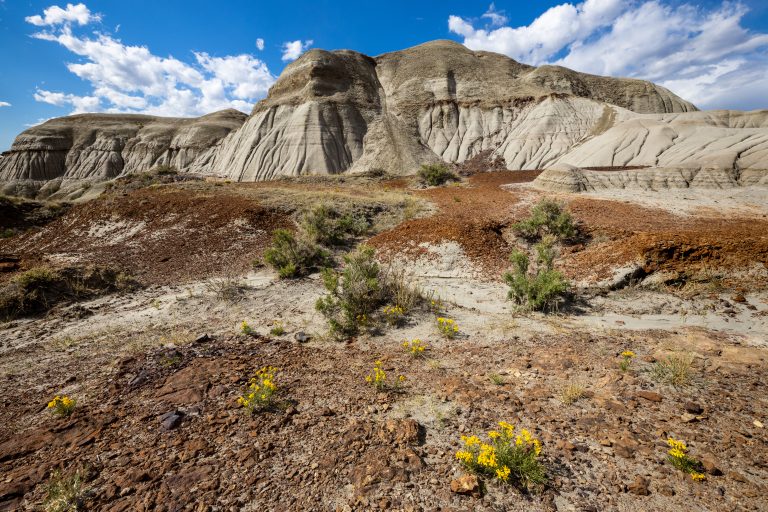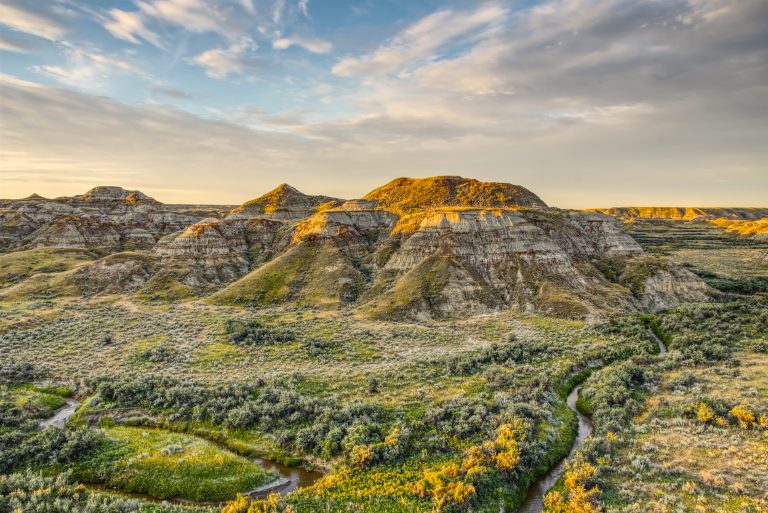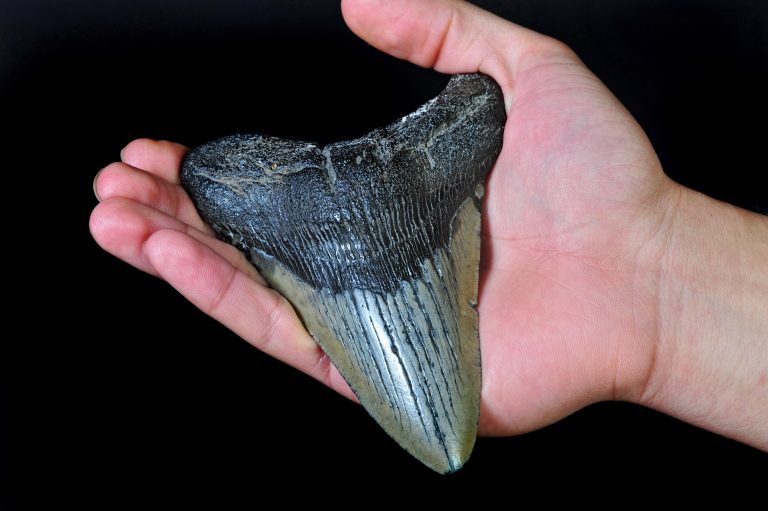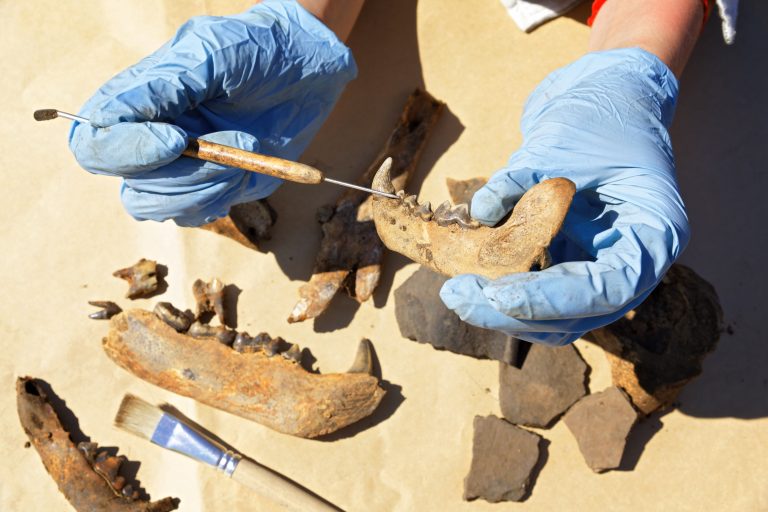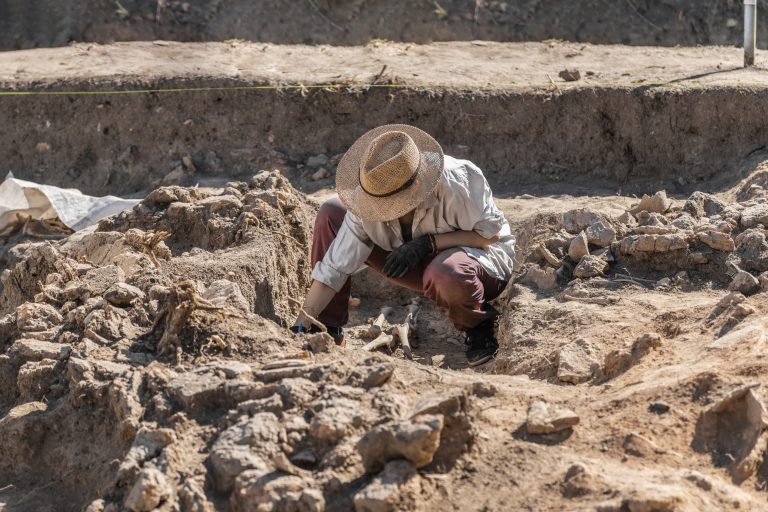6 Must-Have Outfits for Dinosaur Site Explorers
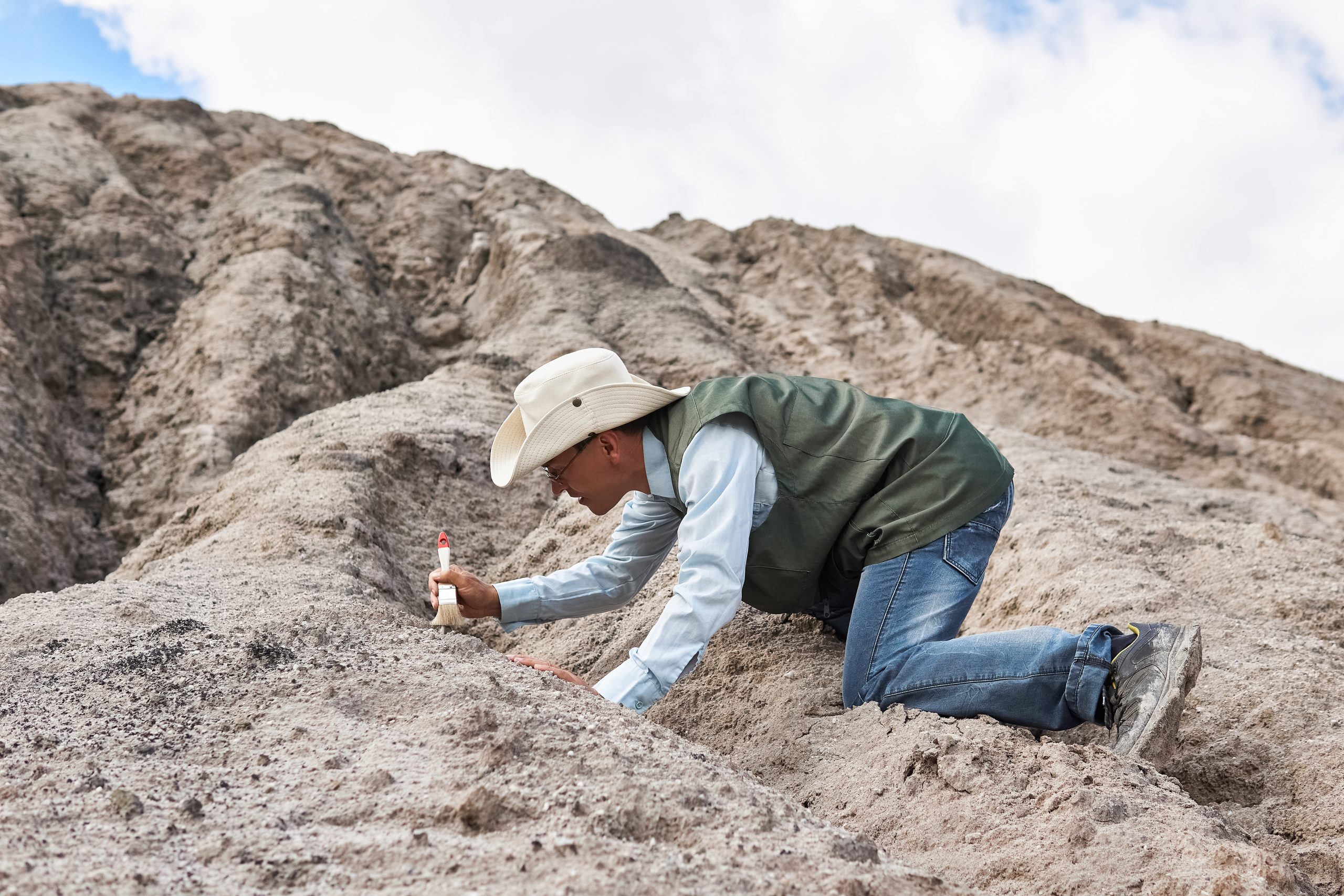
When you’re gearing up for a trek through prehistoric terrains, the right outfit isn’t just about looking the part—it’s about survival and comfort. As an experienced paleontological travel writer, I’ll walk you through the essentials to ensure you’re well-prepared for your dinosaur site exploration.
Dinosaur site exploration demands durable, carefully selected gear to navigate history’s rugged terrain. Your outfit acts as armor against the elements and sharp rocks, requiring toughness, breathability, and flexibility.
Optimal materials wick sweat, shield from the sun, and withstand abrasion, ensuring the focus remains on fossils, not wardrobe issues. The ideal outfit merges high-tech fabrics with classic designs, tailored for paleontology’s unique challenges. Let’s uncover the layers for a successful dino dig.
1. The Essential Base Layer
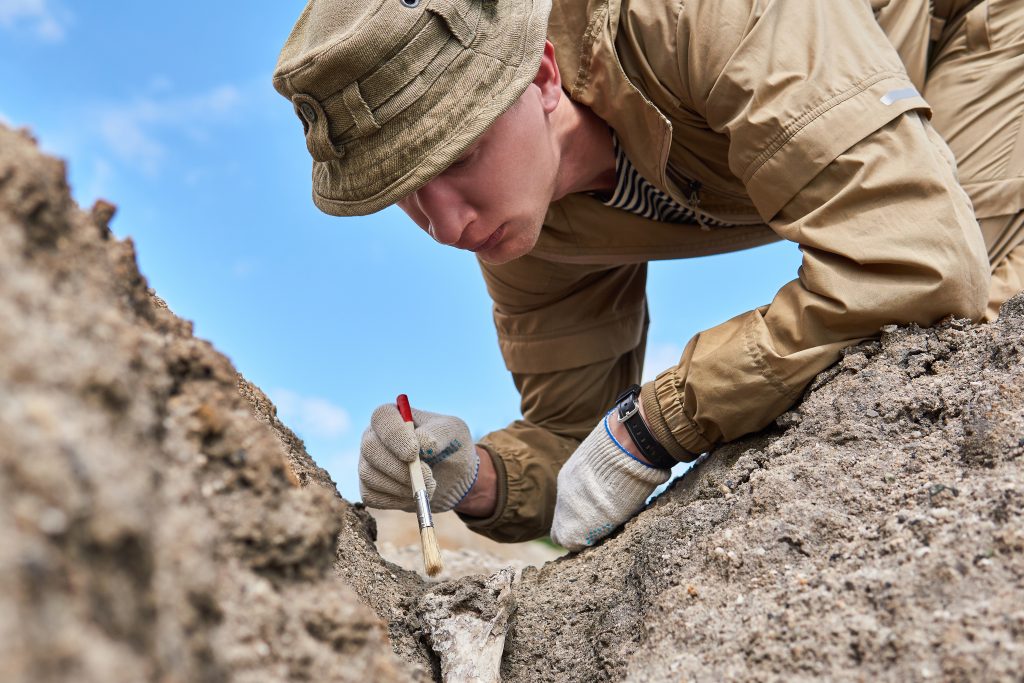
Your base layer is your unsung hero, working tirelessly to keep you dry and comfortable as you chip away at ancient stone. Opt for moisture-wicking materials like merino wool or synthetic blends that can handle sweat without getting clammy. It’s like a second skin, and trust me, you’ll want it to feel just right.
Hey hey! Don’t forget to subscribe to get our best content 🙂
For those chilly mornings that turn into scorching afternoons, a long-sleeved base layer with a zip neck offers versatility. You can adjust your body temperature with a simple zip, making it perfect for those unpredictable days in the field. And don’t forget the base layer bottoms—leggings or long johns can be lifesavers when the temperature drops.
Remember, your base layer is all about comfort and adaptability. It should move with you, not against you, and act as a foundation for the rest of your gear (kind of like the bedrock for a dinosaur fossil). Choose wisely, and you’ll be set for the day’s adventure.
2. Durable Exploration Pants
When it comes to pants, durability is the name of the game. You’ll want something that can stand up to the test of time—and the occasional fossil find. Look for reinforced knees and ripstop fabrics that laugh in the face of jagged rocks and thorny bushes.
But it’s not just about toughness; flexibility is crucial too. A gusseted crotch and stretchy material allow you to squat, climb, and leap (if you’re feeling particularly spry) without fear of a tear. Pockets are also key—cargo styles with secure flaps mean your tools and notes stay put, even when you’re on the move.
And let’s not forget about convertibility. Pants that zip off into shorts are like the Swiss Army knife of dino site attire—they adapt to the climate and your comfort needs in a snap. Because who knows? You might find yourself needing to cool off after a heated debate about the Cretaceous-Tertiary boundary.
3. Weather-Ready Outerwear
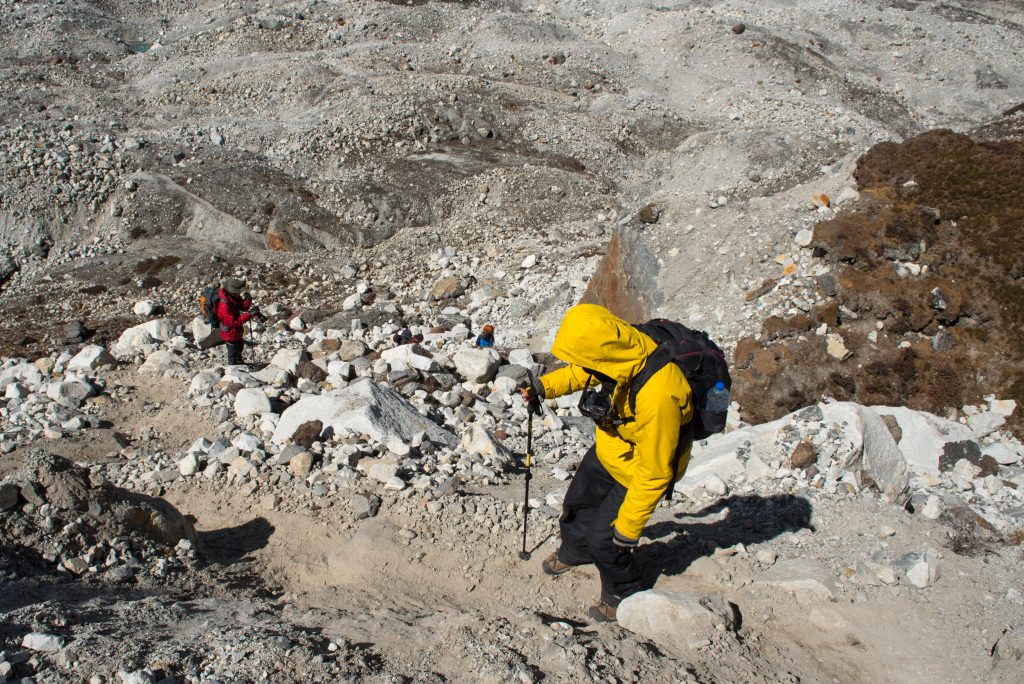
Outerwear at a dig site isn’t just about looking good in those expedition photos (though that’s a bonus). It’s about being prepared for whatever Mother Nature throws your way. A lightweight, waterproof jacket is a must-have, as it shields you from sudden downpours without weighing you down.
For those extra cold locales, an insulated vest or jacket can be a lifesaver. It keeps your core warm while leaving your arms free for delicate fossil handling. Plus, it’s easy to shed if the sun decides to grace you with its presence. Think of it as your climate control system.
Don’t forget to look for jackets with plenty of pockets. You’ll want quick access to your tools, notebook, or even a snack (because digging up the past is hungry work). With the right outerwear, you’ll be ready for anything—from a freak snow flurry to a surprise sandstorm.
4. Supportive Footwear Choices
The right footwear can mean the difference between a successful expedition and a day spent nursing blisters. You’ll need boots that are sturdy, ankle-supporting, and equipped with aggressive tread for those slippery slopes. It’s like having a four-wheel drive for your feet.
Look for materials that are water-resistant yet breathable, because nobody likes swampy socks at the end of the day. And when it comes to laces, go for durability. Those rocks can be as sharp as a velociraptor’s claw, and the last thing you need is a snapped lace miles from camp.
Break in your boots before you hit the site. There’s nothing worse than a blister the size of a T-Rex tooth when you’re trying to concentrate on a delicate excavation. Trust me, your feet will thank you after a long day of trekking and digging.
5. Versatile Accessory Must-Haves
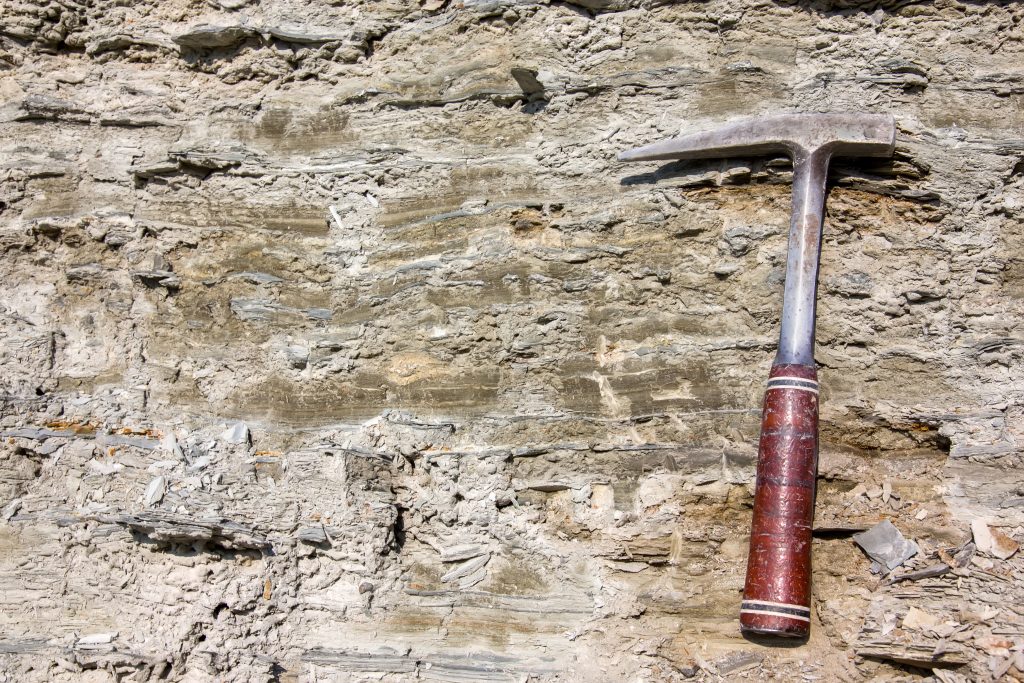
Accessories might seem like an afterthought, but they’re as essential as a paleontologist’s trusty hammer. A wide-brimmed hat keeps the sun at bay while you’re surveying the land. And gloves? They’re not just for warmth; they protect your hands from blisters and cuts as you work.
A high-quality, durable belt is a must—it’ll keep your pants up and provide a handy place to hang your tools. And let’s not forget about a good pair of sunglasses. Glare can be a real pain when you’re trying to distinguish bone from stone.
Bandanas are the multitaskers of accessories. They mop up sweat, protect your neck from the sun, and can be used as an impromptu mask against dust. In a pinch, they can even be a signal flag for your team (or a stylish headband, if that’s your thing).
6. Sun Protection Apparel
The sun is relentless, and while you’re out there chasing shadows of the past, it’s busy working on your present-day sunburn. A long-sleeved shirt with UPF protection is your first line of defense. It blocks harmful rays while keeping you cooler than you’d expect.
Don’t skimp on the sunscreen either. Apply a broad-spectrum SPF 50+ to all exposed skin, and reapply often. It’s like a force field for your skin, and when you’re out in the open for hours, you’ll need all the protection you can get.
And remember your lips and eyes. A lip balm with SPF and a pair of UV-blocking sunglasses will keep you from squinting into the sunset with chapped lips. Because trust me, nothing ruins the thrill of discovery quite like a sunburned pout.
Choosing the Right Backpack
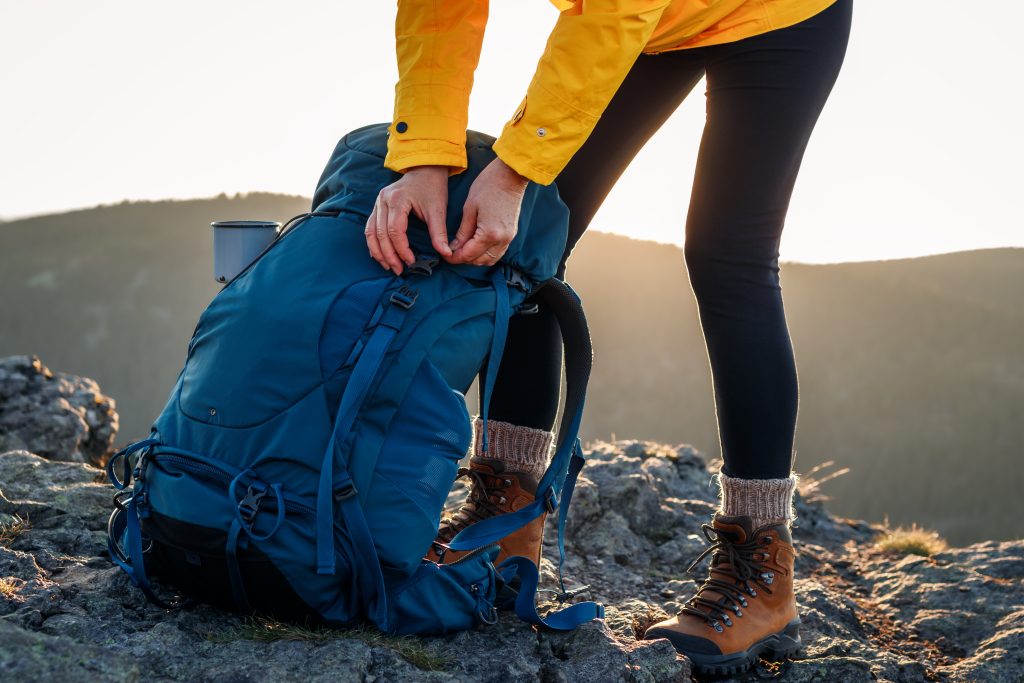
Your backpack is your mobile base camp, carrying everything from water to whistles. It needs to be comfortable, with padded straps and a design that distributes weight evenly. You don’t want a sore back taking your mind off the Mesozoic.
Capacity is important, but so is organization. Look for a backpack with multiple compartments and pockets to keep your gear accessible. It’s like having a well-organized dig site—you’ll know exactly where everything is when you need it.
Consider a pack with hydration system compatibility. Staying hydrated is crucial, and a hands-free system means you can take a sip without missing a beat. Because when you’re in the zone, excavating a delicate fossil, the last thing you want to do is stop for a water break.
Safety Gear for Rugged Terrain
Safety should never be an afterthought when you’re navigating the rough terrain of a dig site. A sturdy helmet can protect your noggin from falling rocks and low-hanging branches. It’s not the most glamorous look, but it beats a trip to the emergency room.
Knee pads are a godsend when you’re spending hours on the ground, chiseling away. They cushion your knees against the hard, unforgiving earth, allowing you to focus on your find rather than your aching joints.
And don’t forget a first-aid kit. Accidents happen, and being prepared with bandages, antiseptic, and tweezers can turn a potential disaster into a minor hiccup. It’s the unsung hero of your gear, quietly waiting in your pack until it’s called to action.
Packing Tips for Dino Explorers
When packing for a dino dig, think of layers and versatility. The weather can flip faster than a Pachycephalosaurus tail, and you’ll want to be ready. Start with your base layer and build up, making sure each piece serves a purpose.
Roll, don’t fold. It saves space and reduces wrinkles, leaving more room for important things like field guides and fossil brushes. And always pack an extra pair of socks. There’s nothing like fresh socks after a long day of digging—it’s a small luxury that goes a long way.
Lastly, pack with the end of the day in mind. Keep a comfy change of clothes at the top of your pack. After a day of dust and sweat, slipping into something clean is a simple pleasure that can make all the difference. It’s like shedding your old skin and embracing the new—refreshed and ready for another day of discovery.
Whether you’re uncovering the bones of giants or sifting through the sands of time, the right gear can make your dino site experience a roaring success. With these outfits and tips, you’re ready to step into the past, prepared for adventure and discovery. Happy digging!

